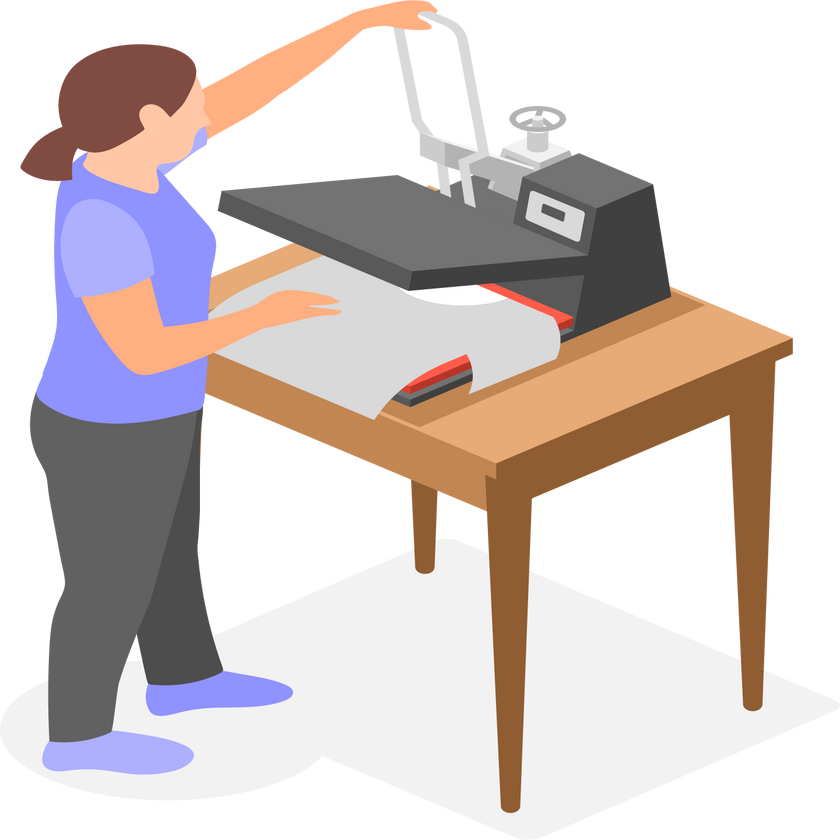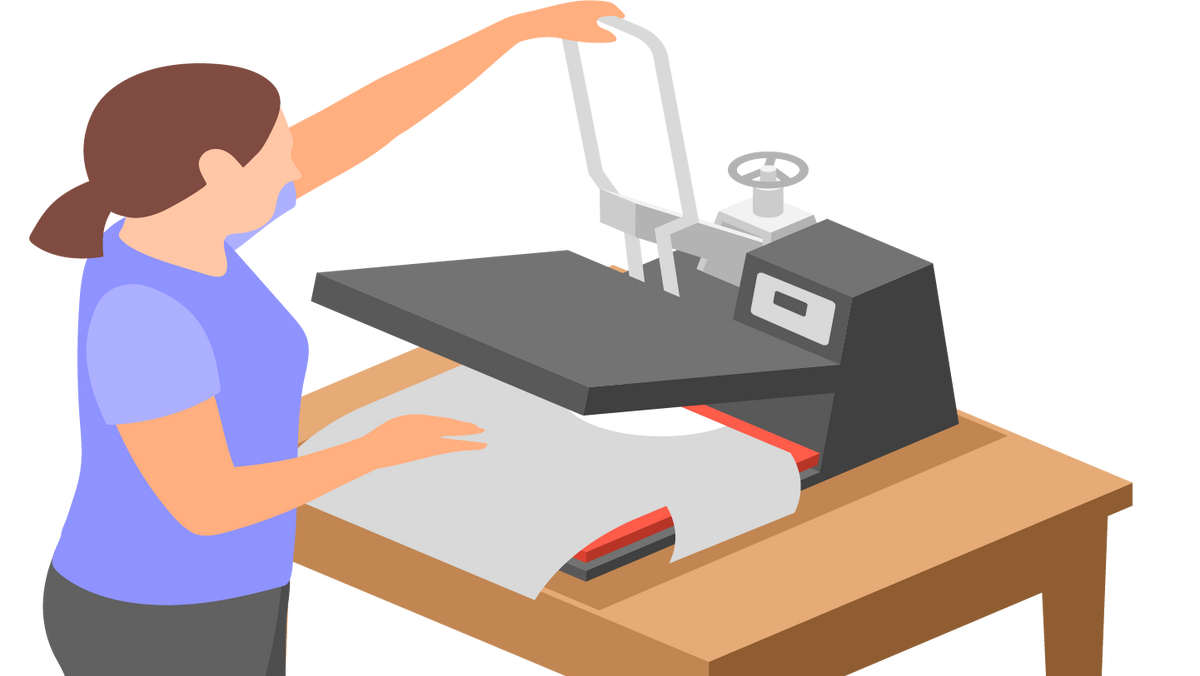Heat Pressing: A Step-by-Step Guide

Mastering the Craft of Heat Pressing DTF Transfers
Achieving mastery in heat pressing Direct-to-Film (DTF) transfers is a pivotal aspect of garment decoration, guaranteeing vivid and enduring prints. In this guide, we'll walk you through the optimal process, detailing specific settings to achieve the best possible outcomes.
Essential Equipment
To embark on this journey, gather the following materials:
- Heat Press Machine (Air Compressor, Electricity, or Manual)
- Direct-to-Film (DTF) Transfers
- Garment for Transfer
- Teflon Sheet or Parchment Paper (Optional)
Step 1: Preparing the Heat Press
Configure your heat press temperature within the range of 300-315 degrees Fahrenheit. This temperature spectrum is optimal for most DTF transfers, ensuring a robust bond without causing any harm to the transfer or the garment.
Step 2: Initial Press
Place your chosen garment on the heat press and carefully position the DTF transfer in your desired location. Adjust the pressure setting to 60 for air compressor heat presses, level 4 for electric heat presses, or apply as much pressure as possible for manual presses. Press the garment for 8 seconds; this initial press firmly secures the transfer onto the fabric.
Step 3: Peeling
Gently peel off the film from the transfer while it remains warm. This crucial step unveils the vibrant design on your garment. Alternatively, you can opt for a cold peel!
Step 4: Second Press (Optional, yet Recommended)
For enhanced durability and a smoother finish, lay a Teflon sheet or parchment paper over the transferred design. Press again for an additional 8 seconds. This second press reinforces the bond, ensuring the transfer is thoroughly integrated with the garment.
Step 5: Final Touch
Retrieve the garment from the press and allow it to cool. Your DTF transfer is now impeccably and securely applied!
Success Tips
- Uniform Pressure: Guarantee that your press applies consistent pressure across the entire transfer to avoid uneven results.
- Premium Transfers: Always opt for high-quality DTF transfers for optimal results.
- Trial Runs: Conduct a few test runs with different garments to discover the perfect balance of heat, pressure, and time.
Conclusion
Mastering DTF heat pressing, armed with the right settings, guarantees professional and enduring results on your garments. Whether you employ an air compressor, electric, or manual heat press, adhering to these steps will yield vivid and resilient prints. Remember, perfection comes with practice, so don't hesitate to experiment and refine your approach to suit your specific needs.


